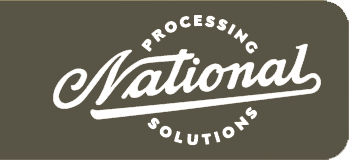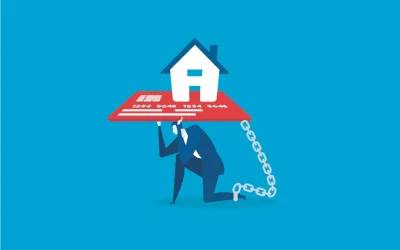You wouldn’t think of sneezing into a tissue and handing it to someone nor would you root through a trash can to find a used napkin and place it in your wallet, right? Yet every time we handle money, we are exposing ourselves to this level of contamination. A 2002 U.S. Air Force study of United States banknotes found that 94% of bills were infected by bacteria, including pathogens such as E. coli, Salmonella and Staphylococcus aureus. Physical money is inherently dirty as it passes from person to person and the physical places that money comes in contact. This is of major concern as there is a value of $1.67 trillion bank notes in circulation (as of December 2018).
It is little wonder why on February 15, 2020 the Chinese government held a news conference to roll out new measures with respect to the handling of physical money. These measures include exposing money to ultra-violet light and/or high heat as well as storing money (quarantining) for 7 days in non-effected areas and 14 days in effected areas.
Consumers and merchants have an important role in mitigating the risk of spreading coronavirus (Covid-19) by utilizing electronic payments that include:
EMV-enabled credit and debit cards
EMV-enabled “chip cards” have been standard since at least 2015. The premise behind the chip cards was increased security as the card was not meant to leave the customer’s hand. This security measure to mitigate fraud is now a welcome activity in the time of a global crisis.
ACH (automated clearing house) drafts for bill payment
Setting up automated bill pay via your banking institution ensures that no physical transmission occurs. It is quick and easy to set-up electronic payments and eliminates the necessity of mailing a check with an envelope which could also be contaminated
Recurring payments
Consumers who have regular, consistent payments can set up their credit or debit cards to have their card debited for payment. Not only is it easy to set up these types of payments, it also ensures timely payments
Merchants can set up recurring payments for their customers even if the amounts are not regular or consistent. A customer’s card information can be stored by a PCI compliant third-party and utilized upon the customer’s request.
NFC (near frequency communication) payments via Apple Pay, Android Pay, Google Wallet, et al.
Consumers can download their card information to their smart devices and utilize the information for payment by making contact with an NFC-enabled device. These transactions do not cost the merchant any more than traditional processing fees.
Smart credit cards
The cards brands began rolling out these cards which can also be read by an NFC-enabled device a couple of years ago. The concept is similar to Apple Pay and the like however the step of downloading card information into a smart device is not necessary. The card itself has its own capability to be read.
Other common-sense measures that consumers can take are:
- Wipe off a debit or credit card with an anti-bacterial wipe at least once a day.
- After using a pin-pad, wash your hands.
- After making a contactless payment, wipe off the smart device utilized. That phone will probably next be used close to your face!
- Remember that an ATM is used by the public at-large. Assume it is contaminated.
Merchants should:
- Have NFC-enabled devices to accept contactless payments. It communicates to your customers that you care about their welfare.
- After touching a terminal, make sure to wipe it down.
- Wipe down the pin-pad after customers are finished with their transaction.
- Establish recurring payments or electronic check acceptance for your customers.
Changes to the payments industry have been underway for several years. These changes were driven by the need to reduce fraud which impacts us all. Although the notion of mitigating a bio-hazardous risk was probably not the cause of the changes we’ve seen it is fortunate that it is playing a positive role.




0 Comments